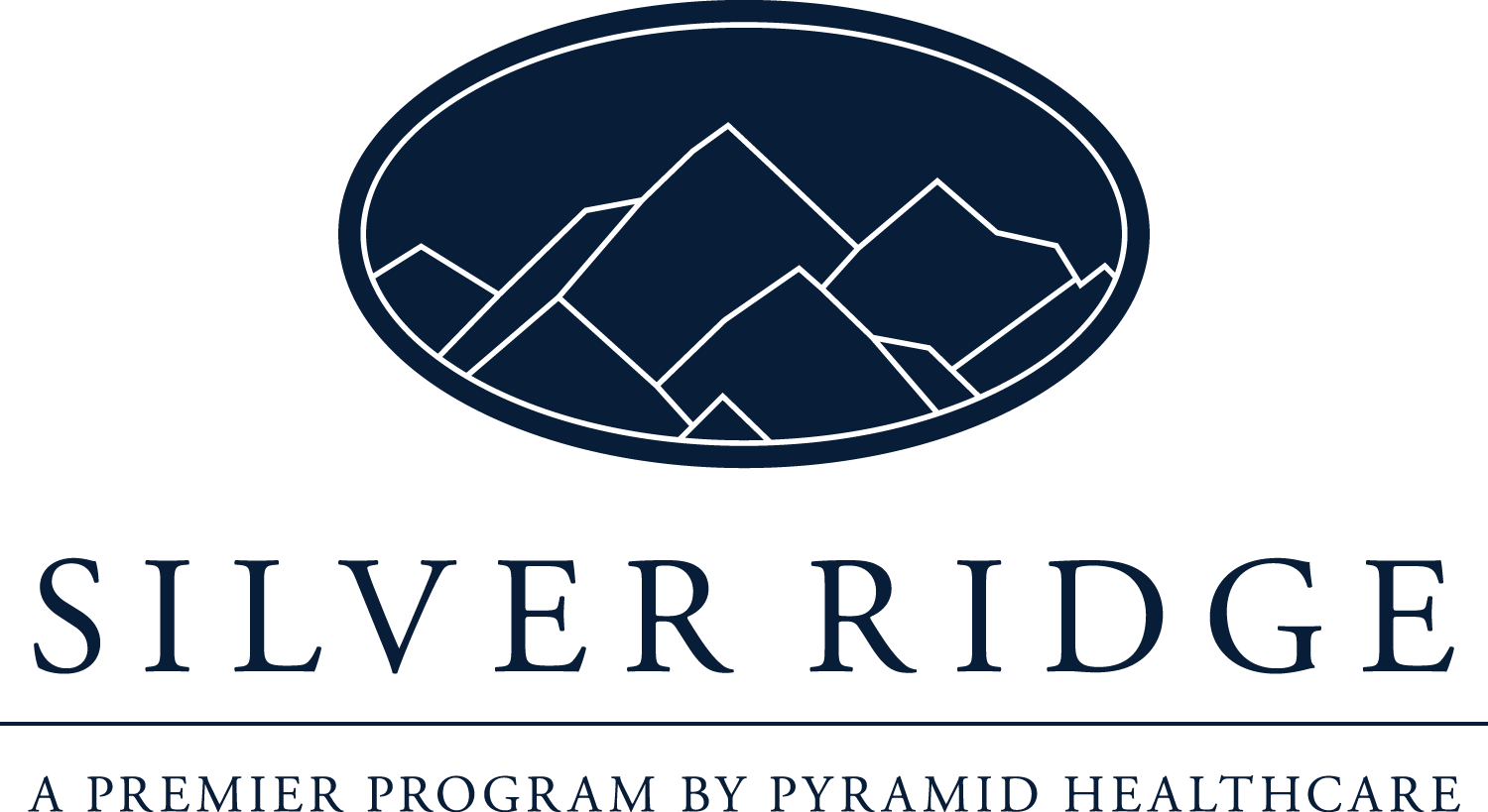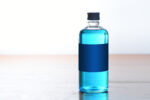A Guide to the 6 Classifications of Drugs and Their Impact on Health

In the context of substance use and addiction, it’s important to understand that not all drugs work the same way. Different substances affect an individual’s brain, body and behavior differently, and each type carries its own risks. In general, drugs are grouped into six main categories based on their effects on the central nervous system.
Let’s break them down.
1. Stimulants
What they do: Stimulants speed up the body’s systems, increasing alertness, energy and heart rate. People often use them to feel more awake or focused.
Common examples:
- Cocaine
- Methamphetamine
- Adderall and Ritalin (prescription amphetamines)
- Caffeine (mild stimulant)
Risks: Overuse can lead to anxiety, paranoia, heart problems, aggression and severe addiction. Stimulant use can quickly spiral, especially when taken in high doses or without medical supervision.
2. Depressants (Central Nervous System Depressants)
What they do: These drugs slow down brain activity, leading to feelings of relaxation, drowsiness or euphoria. They’re often prescribed for anxiety or insomnia.
Common examples:
- Alcohol
- Benzodiazepines (like Xanax, Valium)
- Barbiturates
Risks: When misused, depressants can lead to respiratory depression, unconsciousness and overdose—especially when combined with other substances like alcohol. Withdrawal from depressants can also be life-threatening without medical supervision.
3. Hallucinogens
What they do: Hallucinogens distort perception, mood and thoughts. They can cause users to see, hear or feel things that aren’t real.
Common examples:
- LSD (acid)
- Psilocybin (magic mushrooms)
- PCP
- Ketamine
- DMT
Risks: While not always physically addictive, hallucinogens can lead to psychological dependence and dangerous behaviors during hallucinations. Some users experience “bad trips” or long-term effects like persistent psychosis or hallucinogen persisting perception disorder (HPPD).
4. Opioids
What they do: Opioids are powerful pain-relieving drugs that bind to opioid receptors in the brain, producing euphoria and sedation.
Common examples:
- Heroin
- Morphine
- Oxycodone (OxyContin, Percocet)
- Hydrocodone (Vicodin)
- Fentanyl
Risks: Opioids carry a high risk for dependence and overdose. The opioid epidemic has shown how easily prescription use can escalate into illicit use and addiction. Withdrawal can be intensely uncomfortable, making relapse likely without proper medical support.
5. Inhalants
What they do: Inhalants are substances whose vapors are inhaled to produce a short-lived high. They’re often common household products, making them especially dangerous for young people.
Common examples:
- Paint thinners
- Glue
- Nitrous oxide
- Aerosol sprays
- Gasoline
Risks: Inhalant use can lead to brain damage, organ failure or sudden death—even after just one use. Because they are inexpensive and easily accessible, they are often abused by adolescents.
6. Cannabis
What it does: Cannabis (marijuana) can act as a depressant, stimulant and hallucinogen depending on the strain and dosage. It’s commonly used recreationally and medicinally.
Common forms:
- Marijuana
- THC oils
- Edibles
- Hashish
Risks: While often seen as “safe,” cannabis can cause dependence, impaired memory, anxiety and, in some users, psychosis—especially when used in high-potency forms or during adolescence.
Why Understanding Drug Classifications Matters
Knowing the six drug classifications helps us better understand the effects, risks and treatment needs associated with each type. Whether you’re concerned about your own use or that of a loved one, recognizing the category of drug can be the first step in seeking appropriate help.
At professional treatment centers, detox and therapy plans are tailored to the specific drug class involved. What works for someone detoxing from opioids may not be appropriate for someone withdrawing from stimulants or benzodiazepines.
Ready to Learn More or Get Help?
Understanding drug types is just the beginning. If you or someone you know is struggling with substance use, there’s no shame in seeking support. The road to recovery is different for everyone—but it always starts with reaching out.
Contact us today to speak with a compassionate addiction specialist and learn more about how our customized detox and recovery programs can help.









